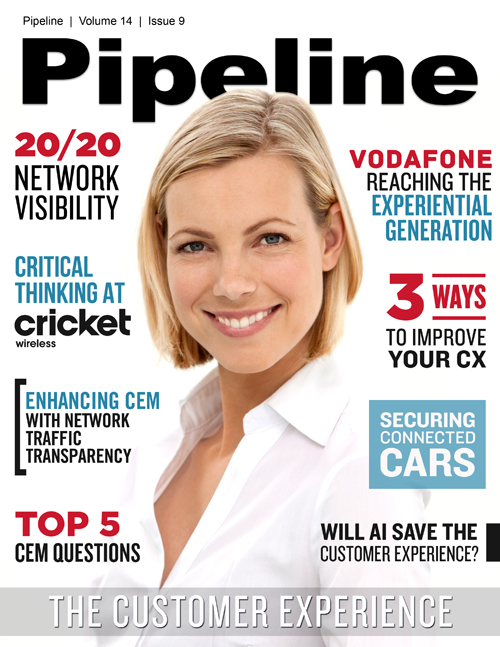Securing the Autonomous Connected Car
The second Dilbert cartoon illustrates a vulnerable group other than the occupants of the vehicle – the programming and operations staff. Disgruntled staff have new ways to wreck damage and controls are needed for that. But there may be a more important vulnerability. Periodically, groups of thieves attack bank branches by kidnapping an employee’s family member and holding him or her hostage to force the employee to provide access to bank assets. A similar approach is now possible with connected car operations and programming staff. Steps must be taken to protect programming and operations staffs.
Passenger Cybersecurity
As cars become autonomous, interiors are going to look more like offices or living rooms. This can be seen in the concept cars shown at the March 2108 Geneva Auto Show. It means a very high rate of usage of information tools from inside the vehicle. Occupants are going to want reassurance that their cybersecurity is at least as good as in their offices or homes. What they really want is to feel that they are in a bubble of both physical and cybersecurity.
Privacy
The cellular industry has been pretty good about keeping location information associated with cell phones private. Now with the connected autonomous car, there will be added emphasis and new players to contend with.
With vehicle orchestration systems overlaid on navigation, toll collection, ecommerce, insurance, physical security, engine control, personal calendars, and other information, there will be many more ways to expose personal information. Not only do customers want their credit card, personal identifiers and more protected, they want information about their travel protected as well.
Some think of the desire to protect location information as only related to immoral or illegal acts. However, a recent incident indicates that lawful activity also needs to be protected. Recently there was a possibility that Sprint and DT might merge. To signal that it was a real possibility, the CEO of DT tweeted that he was in the headquarters city of Sprint. Eventually, the deal did not happen. This was an authorized attempt to use location information to signal a business outcome. However, it is easy to imagine how unauthorized access to location information could have many serious business consequences.
In Summary
It is good news that both the information and transportation industries are beginning to recognize the importance of securing the connected autonomous car and discussing it venues like the Symposium on the Future Networked Car organized by ITU and UNECE within the March 2018 Geneva International Motor Show.
Success in these ventures, however, hinges on making decisions and provisions for consumers' security and privacy. Those companies who get this right will have a higher likelihood of achieving the returns on their investments they're hoping for, and society in general will benefit from better outcomes.



















